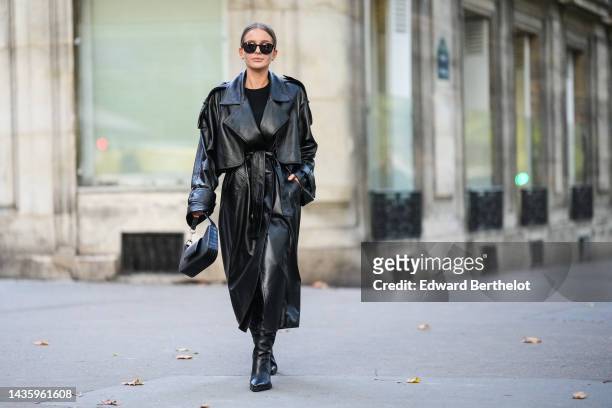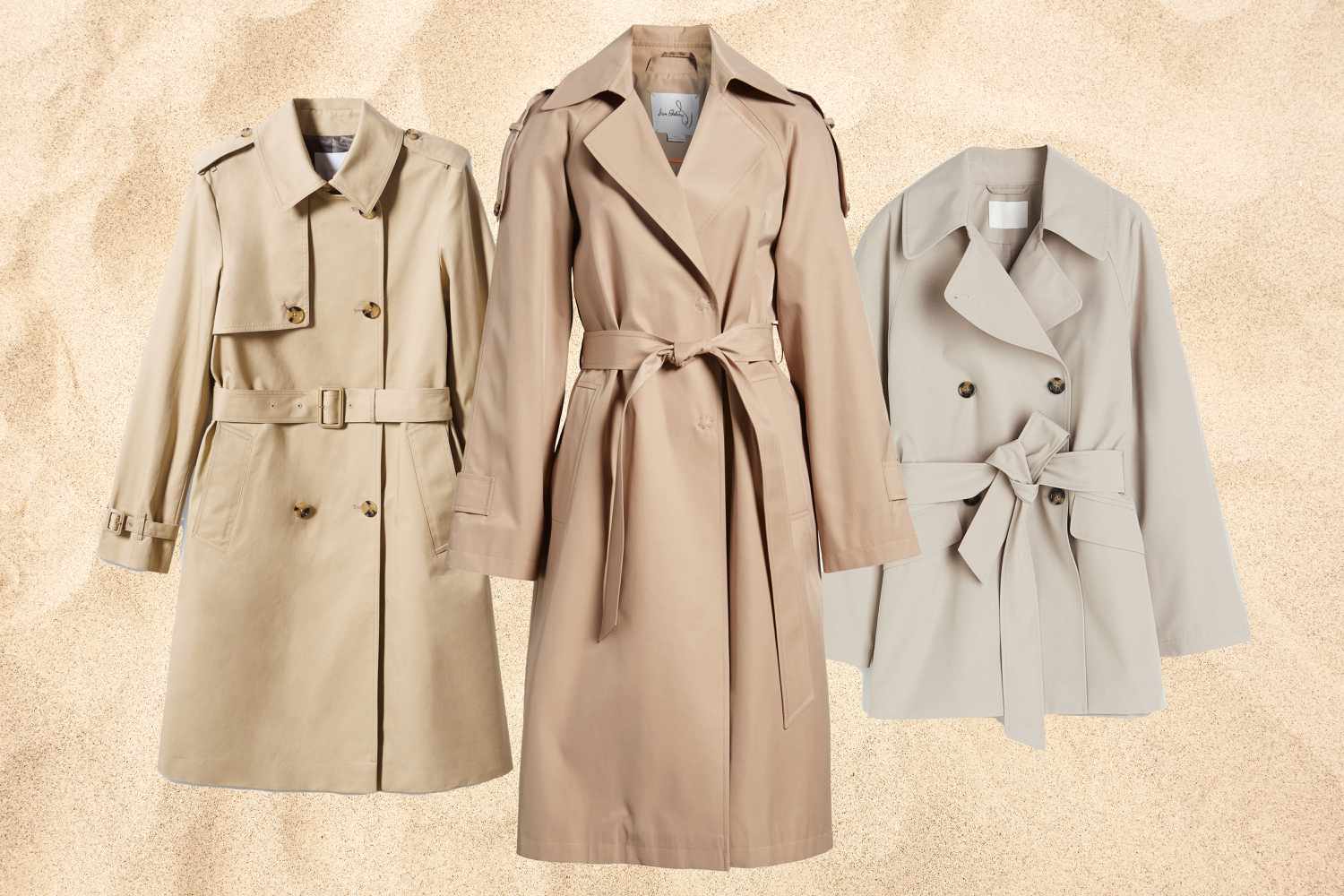Table of Contents
Introduction
The trench coat stands as an iconic symbol of timeless elegance and versatile style, transcending trends and generations with its enduring appeal. From its military origins to its status as a fashion staple, the coat has remained a wardrobe essential for men and women around the world. In this comprehensive guide, we explore the history, features, and considerations for shopping for the perfect coat, ensuring that you find a timeless piece that exudes sophistication and charm.
The History and Evolution of the Trench Coat

The trench coat’s journey begins in the early 20th century, when it was developed as a practical garment for British soldiers during World War I. Designed to withstand the rigors of trench warfare, the coat featured water-resistant fabric, a double-breasted front, epaulets, and a belted waist, offering protection from the elements while allowing for ease of movement on the battlefield.
Following the war, the coat transitioned from military uniform to civilian attire, thanks in part to its association with Hollywood icons such as Humphrey Bogart and Audrey Hepburn. Throughout the decades, the coat has been reinterpreted by designers and fashion houses, evolving in style and silhouette while retaining its classic features and timeless appeal.
Key Features of the Trench Coat
When shopping for a trench coat, it’s important to familiarize yourself with its key features and design elements. A classic coat typically includes the following components:
Water-Resistant Fabric: Traditionally made from cotton gabardine or a blend of cotton and polyester, the fabric of a trench coat should be durable and water-resistant to withstand inclement weather.
Double-Breasted Front: The hallmark of a coat is its double-breasted front closure, featuring overlapping panels and a row of buttons that provide protection against wind and rain.
Belted Waist: A self-fabric belt cinches the waist of the coat, creating a flattering silhouette and allowing for customization of fit.
Epaulets: Shoulder epaulets are a nod to the coat’s military heritage, adding visual interest and structure to the garment.
Storm Flap: A storm flap covers the front opening of the coat, providing additional protection from the elements and enhancing its classic aesthetic.
Considerations for Choosing the Perfect Trench Coat

When selecting a trench coat, there are several factors to consider to ensure that you find the perfect style and fit for your wardrobe:
Length: Trench coats are available in various lengths, from knee-length to full-length. Consider your height and personal preference when choosing the length that best suits your style and proportions.
Color: While classic coats are typically beige or khaki, modern iterations come in a range of colors, including black, navy, and olive green.
Fit: Pay attention to the fit of the trench coat, ensuring that it allows for layering over sweaters or jackets without feeling too snug. Look for styles with a relaxed yet tailored silhouette that flatters your figure.
Details: Consider the additional details and embellishments of the coat, such as button styles, collar shapes, and pocket placements. These design elements can add visual interest and personality to the garment.
Conclusion
In conclusion, the trench coat remains a timeless wardrobe essential that embodies elegance, sophistication, and versatility. Whether worn as a functional outerwear piece or a stylish fashion statement, the coat exudes timeless charm and enduring appeal. By understanding its history, features, and considerations for shopping, you can find the perfect coat that complements your style and stands the test of time, ensuring that you always look polished and refined, rain or shine.
For More Information Please Visit These Websites Mindmeister